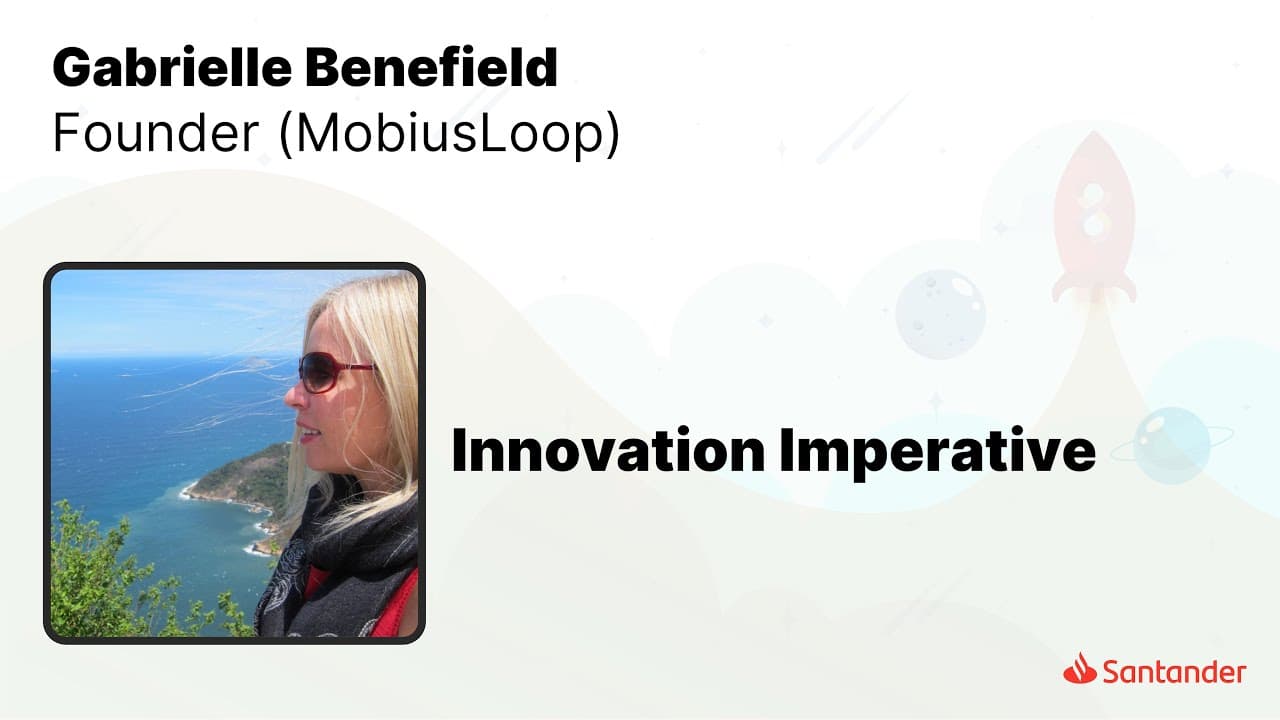We live in interesting times. It’s funny how you update your slides right before a presentation, and I saw an old slide I decided to keep because everybody uses it. Since 2000, 50% of the Fortune 500 has ceased to exist, which is stunning. It means that all these once-mighty companies are now out of business, organizations that we thought would last much longer.
Then I came across this picture, which was particularly interesting. I had originally listed the pandemic at the top of the challenges affecting us. COVID-19 hit, and we faced immense difficulties. But then I had to add a new icon for war. Just when we thought it couldn’t get any worse, it did. These events, along with supply chain issues, security threats, climate change, and more, are affecting large organizations in particular. The list of challenges goes on and on.
However, despite these challenges, this is also a time of great opportunity. I am a futurist, and I love seeing the incredible innovation happening. While we must adapt to the rapid changes around us, we also have exciting new possibilities. One of my clients, a large insurance company, is an excellent example. At first, you might think, "How innovative can insurance really be?" But they are doing things like using drones to monitor the condition of homeowners' roofs. These drones identify damage early, allowing homeowners to get repairs done before major issues arise. This, in turn, lowers insurance premiums and benefits everyone involved. Technology is opening up remarkable opportunities.
The Need for Innovation
Innovation is no longer optional. You’ve probably heard about it so much that you're tired of the word, but today, we’ll discuss how to make innovation work—especially in large, traditional organizations. I know many of you are involved in Agile practices, so perhaps I can’t call you "traditional," but you still face many of the same challenges.
When I talk about innovation, I like to engage in discussion. If you're attending virtually, feel free to turn on your cameras. It helps to see actual faces instead of just names—it makes it feel like I’m talking to real people rather than a robot world.
Defining Innovation
Let’s start with a quick question: What is your definition of innovation? Take a moment to type it into the chat. Just a quick phrase—whatever comes to mind.
Some of the responses I see include:
- "Breaking new ground."
- "Trying something new."
- "Doing something completely different from before."
- "Creativity and disruption."
- "Efficiency innovation."
- "Thinking differently."
- "Finding solutions without limitations."
These are all great. At its core, innovation is about being creative and doing something new—whether that means improving what we already have or introducing something completely new to the world.
Three Types of Innovation
To frame our discussion, I categorize innovation into three types:
- Core Innovation: Making existing products and services a little better. This is the "keep the lights on" kind of innovation.
- Adjacent Innovation: Looking outside your organization—perhaps at competitors or other industries—and bringing in new ideas that are new to you but not necessarily new to the world.
- Transformational Innovation: Creating something entirely new to the world, a "shoot for the stars" type of innovation.
Now, I’d like you to estimate how much effort your company puts into each type. Type in a percentage split (e.g., 50% core, 30% adjacent, 20% transformational). Let’s see what you think your organization is doing.
(Responses are varied, but we see many organizations focusing primarily on core innovation, with less effort going into transformational innovation.)
Challenges to Innovation
Now, let’s talk about the challenges. What are the biggest blockers preventing innovation in your organization?
Common responses include:
- "Business as usual—there’s no time for innovation."
- "Cost—getting funding is difficult."
- "Balancing innovation with daily operations."
- "Fear of failure—more specifically, fear of punishment for failing."
- "Lack of support from leadership."
These are not new challenges. Many organizations struggle with prioritizing innovation when they are caught up in daily operations and short-term deadlines. Leaders often want innovation but are pulled in different directions, making it hard to create space for real change.
From Agile to Meaningful Innovation
Many companies bring in Agile practices with the hope of getting more features delivered faster. But if all we do is build more features without considering whether they are truly valuable, we may just be creating "better, faster horses" instead of real innovation.
We must move beyond just delivering more and instead focus on creating meaningful impact. Measuring velocity alone—how many features we ship—isn’t enough. We need to ask: Are we really solving the right problems? Are our customers happy?
Case Study: A Restaurant's Agile Transformation
Let me share a fascinating story. Ricardo’s Restaurant in London embraced Agile principles, increasing productivity by 30% and improving revenue. They ran the restaurant with a highly autonomous, lean approach.
However, when the pandemic hit, restaurants were suddenly shut down. Instead of closing and waiting it out, Ricardo and his team adapted. Overnight, they transformed into a deli and supermarket. In just five hours, they pivoted their business model to stay open. Because of their Agile mindset, they were able to react quickly and innovate on the spot.
Real-World Impact: Innovation for a Humanitarian Cause
In a recent experience, I saw first-hand how innovation isn’t just about business—it’s about mindset. Two weeks ago, I was involved in an effort to deliver medical supplies to Ukraine. Initially, people were donating supplies in an unorganized way, which was inefficient. So, I took an outcome-driven approach.
We found a UK pharmacy willing to provide wholesale medicine. Within a week, we organized eight convoys and delivered £40,000 worth of medicine—four times more than what we could have done with traditional donations. By focusing on outcomes rather than just activities, we were able to maximize impact.
Conclusion
Innovation isn’t just about a process; it’s about training your mind to think in an outcome-driven way. Whether in business or humanitarian efforts, the ability to quickly adapt and find solutions is what truly defines innovation.
Thank you for your time, and I’m happy to take any questions!



